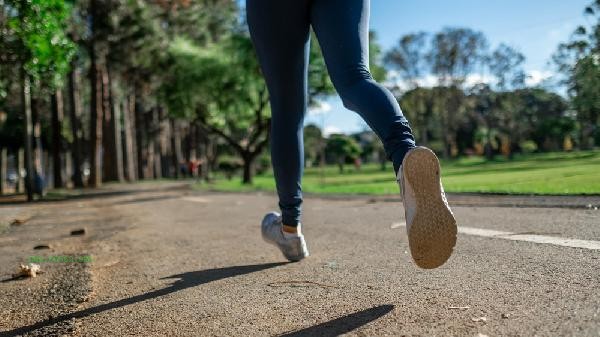By adjusting their breathing rhythm, controlling their pace, choosing appropriate equipment, doing warm-up stretching, replenishing water and energy, students can reduce fatigue and improve endurance while running.

1. Adjust respiration
Adopt the abdominal breathing method of three-step inhalation and three-step exhalation to avoid rapid chest breathing. Maintaining even and deep breathing while running can help improve oxygen utilization and reduce lactate accumulation. Novice runners can start adapting to the rhythm of two steps and one breath, gradually extending their breathing cycle.
2. Control the pace
Maintain the speed within the range where normal conversation can occur, and control the heart rate at 60% -70% of the maximum heart rate. Use a running app to monitor pace and avoid fatigue caused by sprinting in the early stages. It is recommended that student groups adopt interval running training, such as alternating between jogging for 3 minutes and brisk walking for 1 minute.
3. Choose equipment
Wear lightweight, breathable quick drying clothes and running shoes with good cushioning performance, with a recommended sole thickness of over 2 centimeters. Use a sports waist bag to carry necessary items and avoid holding heavy objects that can disrupt balance. Winter running requires wearing warm and sweat wicking fleece material clothing.

4. Warm up and Stretching
Perform 5-10 minutes of dynamic warm-up before running, such as high leg lifts, back kicks, and other movements to activate muscles. After the end, do static stretching, focusing on relaxing the muscles in the front and back of the thighs, calves, and hips. Hold each movement for 20-30 seconds and repeat 2-3 sets.
Fifth, Supplement Energy
One hour before running, consume a moderate amount of easily digestible carbohydrates such as bananas, whole wheat bread, etc. Supplement 100-150 milliliters of electrolyte drinks every 20 minutes during exercise, and carry energy gel for long-distance running. Timely supplement protein and carbohydrates after running to help with muscle repair.

Students should pay attention to gradually increasing their running volume when running, with a weekly increase of no more than 10%. Combining cross training such as swimming and cycling to improve cardiovascular function and avoid strain caused by single exercise. Maintain a regular schedule and balanced diet, monitor body reactions before and after running, and stop exercising promptly and seek professional advice if symptoms such as persistent pain or dizziness occur. Long term adherence to scientific training can significantly improve running endurance and athletic performance.






Comments (0)
Leave a Comment
No comments yet
Be the first to share your thoughts!